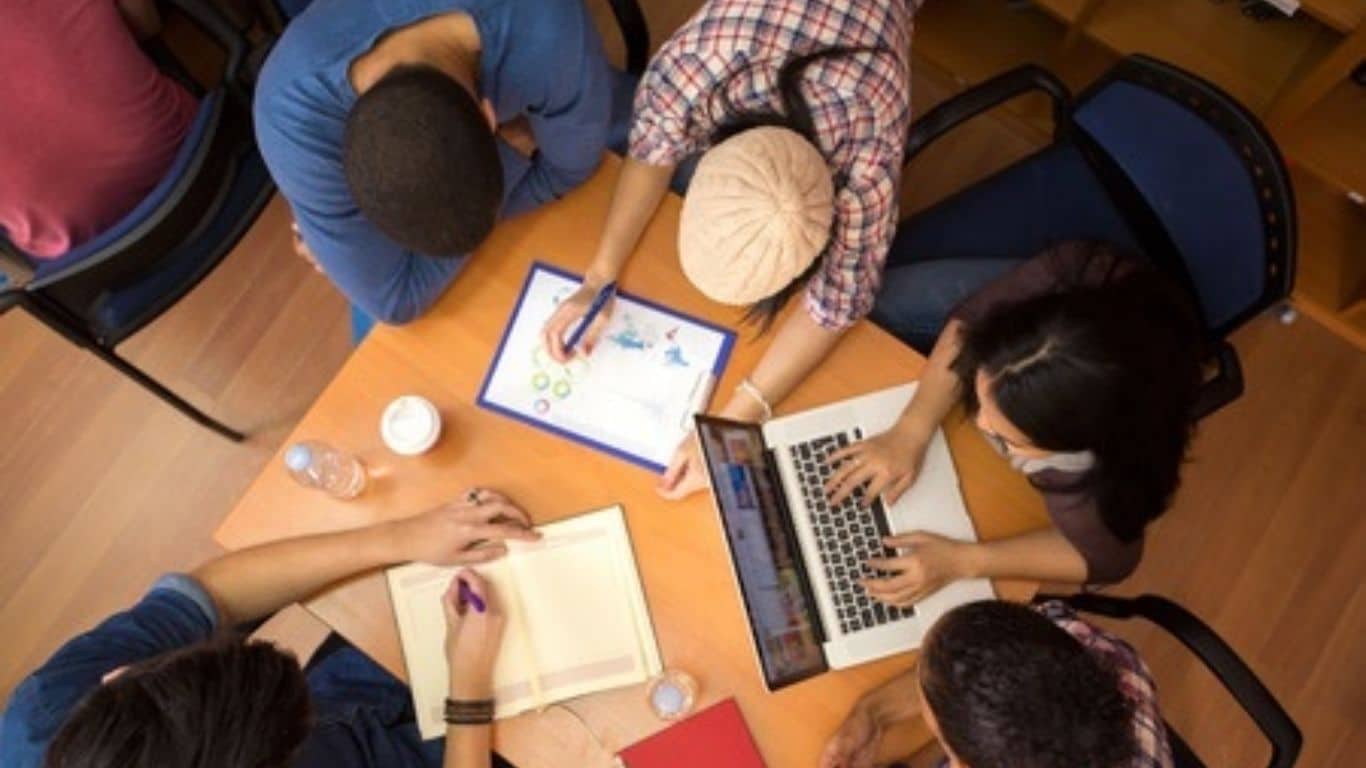In the rapidly changing world of education, online learning has emerged as a powerful force shaping the future of traditional institutions. This article delves into the impact of online learning on traditional education, exploring its influence on accessibility, flexibility, pedagogy, assessment, and social interaction. As we navigate the complexities of blending digital and traditional educational practices, it is essential to understand how this evolution affects students, educators, and institutions alike. Join us in this exploration of the dynamic relationship between online and traditional education, as we strive to create a balanced, integrated, and effective learning environment for the 21st century.
The Impact of Online Learning on Traditional Education
Accessibility and reach

Online learning has significantly expanded educational opportunities by removing geographical and financial barriers. Access to a wide range of courses and resources allows learners to pursue their interests and enhance their skills. This increased accessibility has led to a more diverse and inclusive learning environment. As a result, traditional institutions face challenges in maintaining enrollment numbers, prompting them to adapt and integrate online components to remain competitive. The rise of online learning has thus transformed the educational landscape by making it more accessible, affordable, and diverse for learners worldwide.
Flexibility and personalization

It offers flexibility and personalization, allowing students to learn at their own pace and customize their educational experience. Self-paced learning accommodates diverse learning styles and schedules, while customized learning paths and content ensure relevance to individual needs. Traditional education faces pressure to adapt and innovate in response to this growing demand for personalized learning experiences. This necessitates a reevaluation of conventional teaching methods and curricula to better serve diverse student populations and remain competitive in the evolving educational landscape.
Teaching methods and pedagogy

Online learning has revolutionized teaching methods and pedagogy by introducing innovative techniques such as flipped classrooms and blended learning. These approaches combine self-paced online study with in-person interactions, promoting active learning and engagement. The widespread use of multimedia and interactive content in online education enhances students’ learning experiences, catering to various learning styles. As a result, traditional education is increasingly adopting technology-enhanced teaching methods to stay relevant and meet the evolving needs of learners, fostering a more dynamic and effective learning environment.
Assessment and evaluation

The rise of digital education has prompted significant changes in assessment and evaluation methods. New assessment tools provide real-time, data-driven feedback, enabling a more personalized learning experience. There is a growing emphasis on competency-based assessments, focusing on learners’ skills and abilities rather than memorization. Consequently, traditional education systems are reevaluating their evaluation methods and grading systems to adapt to these changes and ensure a more comprehensive, skill-oriented approach to measuring student performance.
Social interaction and collaboration

Social interaction and collaboration have been transformed by digital platforms, enabling global connections and networking among learners. Traditional education must adapt to this shift, integrating digital tools to foster interactions in an increasingly connected world. Striking a balance between face-to-face and online communication is crucial, as each mode offers unique benefits. By merging the strengths of both approaches, educational experiences can be enriched, promoting a more collaborative and diverse learning environment.
Faculty development and roles

The digital revolution has significantly altered educator roles and responsibilities, as they must now adapt to new teaching methods and technologies. Professional development and upskilling have become essential for educators to stay current and effectively engage students in online environments. Traditional faculty roles are also being reshaped, as expectations now include not only content expertise, but also proficiency in using digital tools and fostering engaging virtual learning experiences. This shift emphasizes the need for continuous learning and adaptation among educators to meet the evolving demands of the educational landscape.
Future of traditional education

The future of traditional education will involve embracing the advantages of online learning while preserving its distinctive qualities. This requires integrating digital resources and tools to enhance learning experiences. Simultaneously, it is crucial to maintain in-person interactions and hands-on activities that characterize conventional education. To effectively navigate the evolving educational landscape, institutions must adopt hybrid models that combine the best of both online and traditional approaches, enabling students to enjoy a well-rounded, flexible, and engaging learning experience.
Conclusion
The educational landscape has been significantly transformed by the rise of digital learning platforms. This shift has compelled traditional education to evolve, embracing aspects such as accessibility, flexibility, and technology-enhanced teaching methods. A balanced and integrated approach, combining the strengths of both online and traditional education, is crucial for meeting diverse learning needs. As the transformation continues, educational institutions must adapt to stay relevant and provide the best possible learning experiences for their students.
Also Read: The Impact of Technology on Personalized Learning



